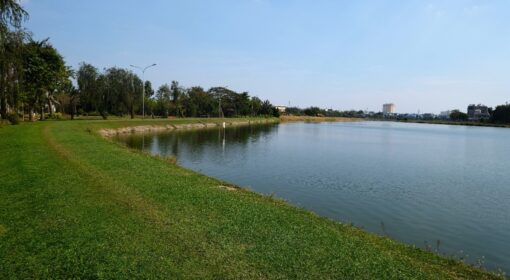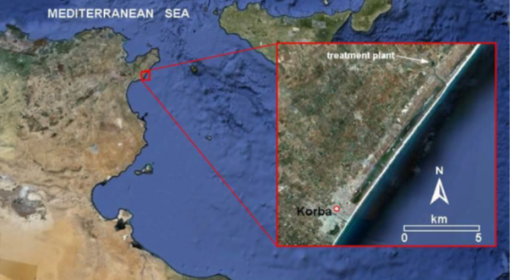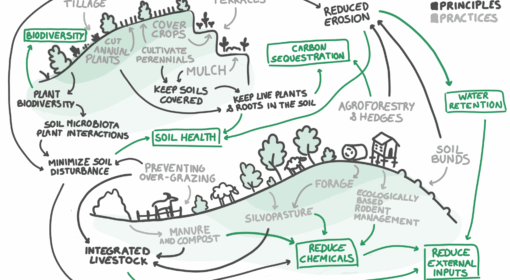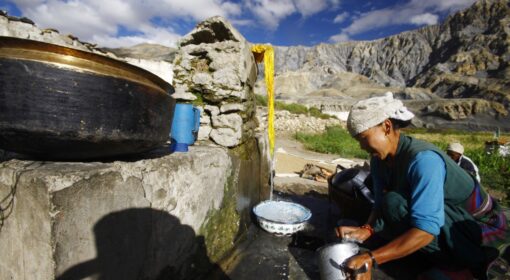By Farah Kamaleddine and Sukru Esin
While water resources, healthy soils and arable lands continue to degrade, population, industrialization and urbanization continue to expand, leading to unbalanced distribution of resources. The global increase in water scarcity and deterioration in its quality will not cease unless we take rapid action. Over than two billion people live in water stressed countries (UN-Water, 2021). Simultaneously, food consumption is expected to grow by 1.4% annually over the next ten years in low- to middle-income countries (WEF, 2023). Freshwater, being a finite resource, is not sufficient to meet the increasing global water and food demand. Hence, alternative non-conventional water resources need to be explored and validated. Treated wastewater (TWW) has gained momentum during the past years being abundant, readily available, and rich in nutrients and metals that can be recovered and reused in agricultural and/or industrial activities. While this is true, reuse of TWW has faced multiple barriers. To name a few, the unit price of TWW is often higher than other conventional sources like surface water for irrigation; the willingness of farmers to reuse TWW for irrigation, as well as the willingness of consumers to consume crops irrigated with this water is chained and restricted by the poor social and technical readiness of both parties; and lastly, if not treated properly, TWW may pose potential health risks and ecological dangers for soils, water and the environment.
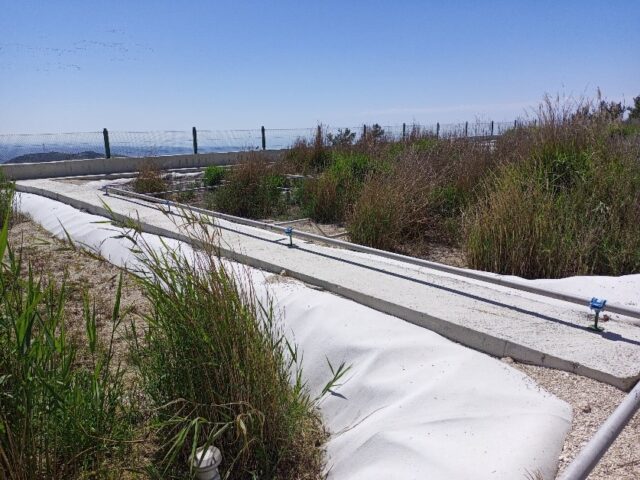
Every activity that uses freshwater generates wastewater. Nonetheless, more than 80% of the wastewater generated globally is discharged into the environment without treatment (UN-Water, 2021), which has many negative repercussions on the environment, society, and economy. The most used method to purify wastewater is centralized wastewater treatment plants (WWTPs) (Bakir, 2001). Although centralized systems are effective in treating large volumes of wastewater, they have multiple drawbacks. The main ones are 1) high initial investment cost, 2) high energy consumption, 3) high operation and maintenance (O&M) cost, 4) need for skilled personnel and 4) vulnerability to disruptions such as natural disasters, technical failures, or economic shocks.
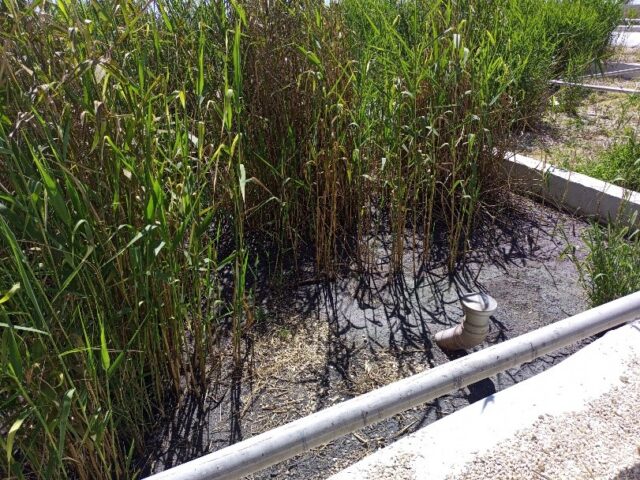
Reducing the discharge of untreated wastewater into the environment and minimizing the cost of treatment are two overarching priorities for most governments, particularly in developing countries. The end-of-pipe wastewater treatment, mostly confined to centralized conventional WWTPs, may not necessarily be an optimal solution for distant communities and rural villages that cannot afford the technical and financial costs of construction and maintenance (Ashley et al., 2011). Similarly, these systems are not appropriate for use in informal settlements such as refugee camps (Eggen, 2019). Even in developed countries and even when centralized WWTPs are fully functional, countries would still need to integrate decentralized water management systems to improve their resilience to climatic and/or non-climatic shocks, enhance their efficiency in pollutants removal, and boost the overall sustainability of the wastewater management sector.
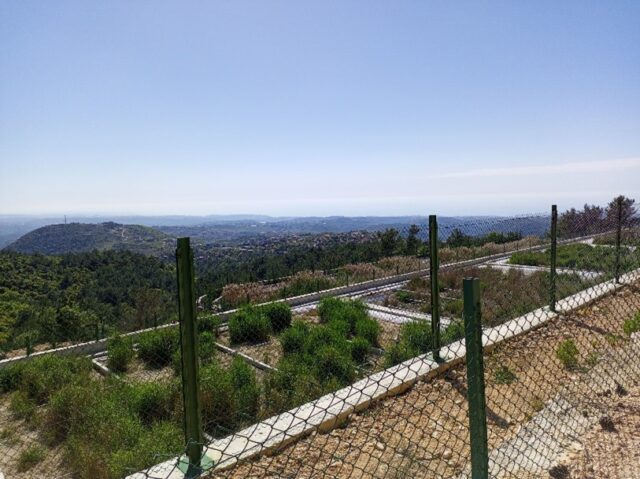
In the past, the prevailing paradigm centered around a linear approach—make, use, dispose. However, environmental consciousness has driven a shift towards a more sustainable model—reduce, reuse, recycle. This evolution is particularly evident in decentralized wastewater treatment methods, where conventional approaches like septic tanks or cesspools are giving way to cutting-edge technologies, with a notable emphasis on nature-based solutions such as constructed wetlands (CWs). These human-engineered ecosystems, mimicking the natural functions of wetlands, use a combination of plants, algae, soil, and microorganisms to effectively eliminate pollutants and facilitate the biochemical purification of water. Constructed wetlands have gained widespread recognition and implementation globally, notably in the Mediterranean and tropical regions due to favorable climatic conditions (Machado et al., 2016), but also finding increased adoption in certain European Union countries.
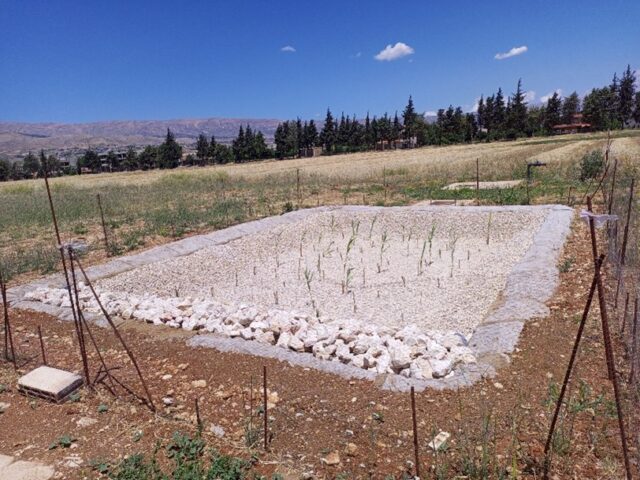
Decentralized systems collect and treat wastewater near the source and in relatively small volumes of wastewater collected from households located in proximity. Most decentralized systems utilize nature-based approaches to purify wastewater. This approach focuses on on-site treatment and recycling of resources contained in domestic wastewater, including the water itself, nutrients, and bioenergy (Capodaglio et al., 2017). It is more cost-effective for low-density communities than centralized systems (Massoud et al., 2009). Selection of the treatment method requires thorough planning, assessment and thorough understanding of the local conditions in terms of social and technical readiness of the community to uptake and adopt the method. According to Massoud et al. (2009), an ideal treatment method should be affordable, environmentally sustainable and socially acceptable.
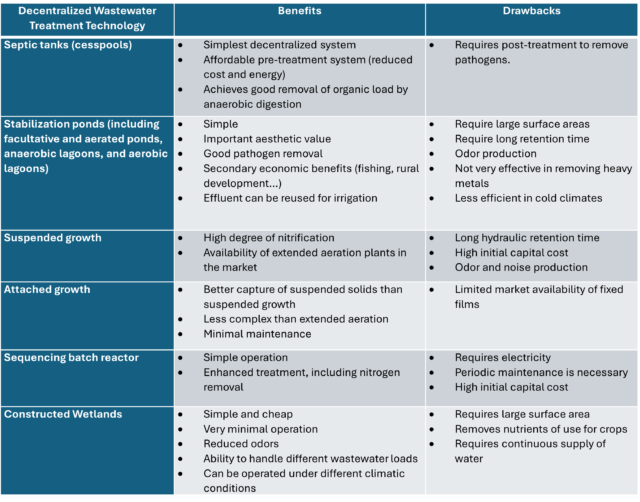
References: Massoud et al. (2009), Capodaglio (2017)
For example, Lebanon’s wastewater management sector is facing a pressing need for alternative treatment methods due to the inherent vulnerabilities of its primary approach, centralized wastewater treatment. The reliance on centralized systems has proven to be highly susceptible to economic shocks. During the past two years, recurring electricity cuts and fuel shortages caused shutdowns of several WWTPs or inconsistency in the treatment level. This has resulted in an alarming increase in the bypassing of raw domestic wastewater or pre-treated wastewater directly into the sea. The rapid urbanization trend, particularly in Beirut, the capital of Lebanon, has exacerbated the issue, as the existing infrastructure was not designed to handle the growing population density and the corresponding surge in wastewater volume.
Compounding the challenge, Lebanon lacks investment and funding for wastewater treatment projects. Only recently has the country begun to recognize wastewater as a valuable resource for water, nutrients, and energy, shifting away from viewing it merely as waste to be disposed of. In light of these circumstances, embracing environmentally friendly and cost-effective methods, such as constructed wetlands, for treating larger volumes of wastewater in small communities could offer a sustainable solution. This not only meets the agricultural demands through the recycling of water resources but also increases the water availability in major cities like Beirut.
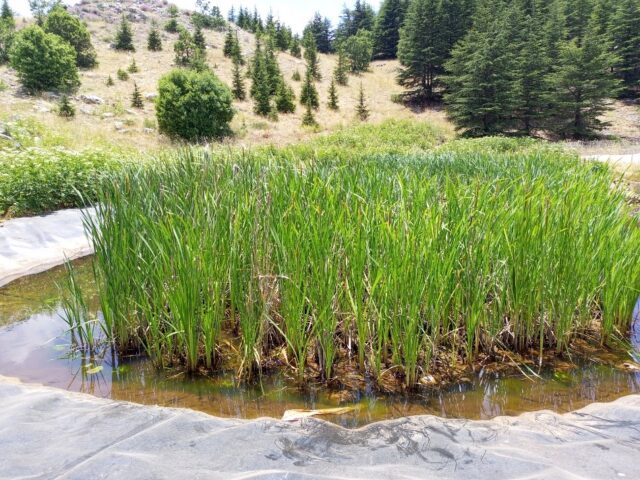
Decentralized systems can also be holistically integrated with the existing centralized WWTPs as a post-treatment option, to advance the quality of purified water. As a consequence, the appropriateness of the treated wastewater to be reused for irrigation and the valorization of wastewater treatment by-products (sludge) in agriculture should be explored. These activities can contribute to a self-sufficient society and a circular economy. On top of that, decentralization enables the participation of the locals in wastewater management because it only requires semi-skilled personnel to maintain and operate. It also creates new job opportunities for men and women equally and promotes their participation as decision makers in the wastewater management sector. Nonetheless, decentralization is not a singular, one-size-fits-all solution. It needs to be adapted and scaled up to local conditions. On the downside, decentralized systems require a large space and longer hydraulic retention time to purify the wastewater to proper levels (Singh et al., 2015). Sometimes though, a fit-for-purpose level of treatment is accepted based on the final disposal option of the treated wastewater.
References:
Ashley, K., Cordell, D., & Mavinic, D. (2011). A brief history of phosphorus: from the philosopher’s stone to nutrient recovery and reuse. Chemosphere, 84(6), 737-746.
Bakir, H.A. (2001). Sustainable wastewater management for small communities in the Middle East and North Africa. Journal of Environmental Management, 61, 319–328.
Capodaglio, A. G., Callegari, A., Cecconet, D., & Molognoni, D. (2017). Sustainability of decentralized wastewater treatment technologies. Water Practice and Technology, 12(2), 463-477.
Eggen, E. W. (2019). Sustainable sanitation: a case study in Yasmine and Awda informal settlements (Lebanon) (Master’s thesis, Norwegian University of Life Sciences, Ås).
Machado, A. I., Beretta, M., Fragoso, R., & Duarte, E. D. C. N. F. D. A. (2017). Overview of the state of the art of constructed wetlands for decentralized wastewater management in Brazil. Journal of Environmental Management, 187, 560-570.
Massoud, M. A., Tarhini, A., & Nasr, J. A. (2009). Decentralized approaches to wastewater treatment and management: applicability in developing countries. Journal of Environmental Management, 90(1), 652-659.
Singh, N. K., Kazmi, A. A., & Starkl, M. (2015). A review on full-scale decentralized wastewater treatment systems: techno-economical approach. Water Science and Technology, 71(4), 468-478.
UN-Water. (2021). United Nations. The United Nations World Water Development Report 2021: Valuing Water. UNESCO, Paris.
WEF. (2023). World Economic Forum. Global Risks Report 2023. World Economic Forum. https://www.weforum.org/reports/global-risks-report-2023/
